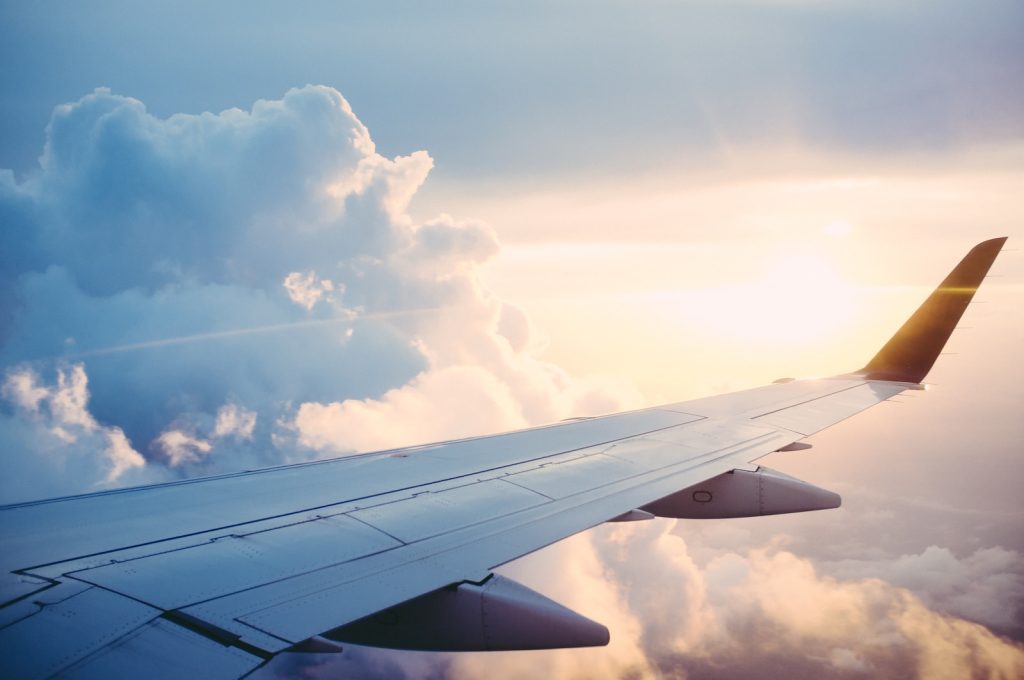Introduction
The invention with a method for optimized recovery of dissipated energy could be vital and yet have an ‘innovative utility’ which could be a value add-on for the aviation industry. The invention with its application number 4843/DELNP/2014 filed in Indian Patent Office by French inventor HOUSSAYE Laurent and applicant TURBOMECA was granted a patent with the invention title, “Method and Architecture for recovery of Energy in an Aircraft”.
Efficacy of the Invention
Imagine if there was a possibility to recover energy dissipated from aircraft whether it is flying at an altitude or while it is parked at the ground, effective and efficacious from energy management point of view, Isn’t it? This is exactly what the aforementioned patent seeks to do. Recovering the thermal energy from the exhaust could help minimise the dimensions, mass and consumption ultimately required for converting the ‘exhaust’ energy to other forms of non-propulsive energy, that is, pneumatic and electrical energy, which can be re-utilised.

Harnessing dissipated Thermal Energy
The thermal energy which is present in the form of Cabin air pressure, which is pressurized at altitude and the heat dissipated in varied sources, be it, air conditioning, cabin air, exhaust gas, could be re-utilised for better functioning and efficient management of energy in an aircraft. The Pneumatic energy pertains to power related to pressurized air. The technology in varied fields is progressing leaps and bounds and patent is one of the methods to salvage benefits by utilizing the technology for the betterment of society. Such utilization with the patent is dependent on the ‘quid pro quo’ understanding by invention disclosure to the patent office.
Making difference vis-à-vis the Prior Arts
The existing prior art involved architectures are limited to the energy recovery at altitude, at low altitude or on the ground. However, at low attitudes when the pressurization rate is inadequate or zero, there is no pressurized air leaving the cabin. The ultimate utility of harnessing the energy dissipated lies in a method for energy recovery in an aircraft fitted with a passenger cabin having an air flow regulated in terms of pressure and temperature. By using an environmental control system (ECS)’s air conditioning system powered by a load compressor, and auxiliary power generation, the thermal energy dissipated at ‘ground mode’ and cabin air leaving the cabin and heated by heat exchange at ‘altitude mode’ is recovered.
Utilising the harnessed Energy
When the aircraft is in the altitude mode, the air compression produced by the recovery turbocharger is switchable in this present invention. Additionally, the resultant is combined either at an inlet of the ECS to form a second compression stage, or at a cabin air outlet. The resultant of the aforesaid step which upstream of the heat exchange in the exhaust from a gas generator, is used to increase power of the auxiliary power generation.
The architecture to recover energy is implemented in the invention by a ‘method’ involving an auxiliary power unit APU, including an exhaust nozzle and a gas generator configured to transmit power to a load compressor, which supplies, via a supply duct the compressed air to the ECS of the passenger cabin. The air circulating in the upstream and downstream of the heat exchanger is connected to the air outlet of the passenger cabin, adding to the functionality for efficacious utilisation of the energy dissipated. The architecture of the invention also includes a mechanism to switch air circulation includes motorized valves, which is controlled by a central management unit.
Conclusion
Such an invention in the aviation industry, holds potential to recover thermal energy dissipated and harnessed in an optimized manner. The utilization and proper management of energy especially at ground and at an altitude could be effectively managed and the ‘recovery energy’ reutilization holds vital add-on functionality for aircrafts.
Author: Samrat Bandopadhyay, Legal Intern at PA Legal.
In case of any queries, kindly contact us here.
Thank you for reading our blog! We’d love to hear from you! 
- Are you Interested in IP facts?
- Would you like to know more about how IP affects everyday lives?
- Have any questions or topics you’d like us to cover?
Send us your thoughts at info@thepalaw.com. We’d love to hear your thoughts!
